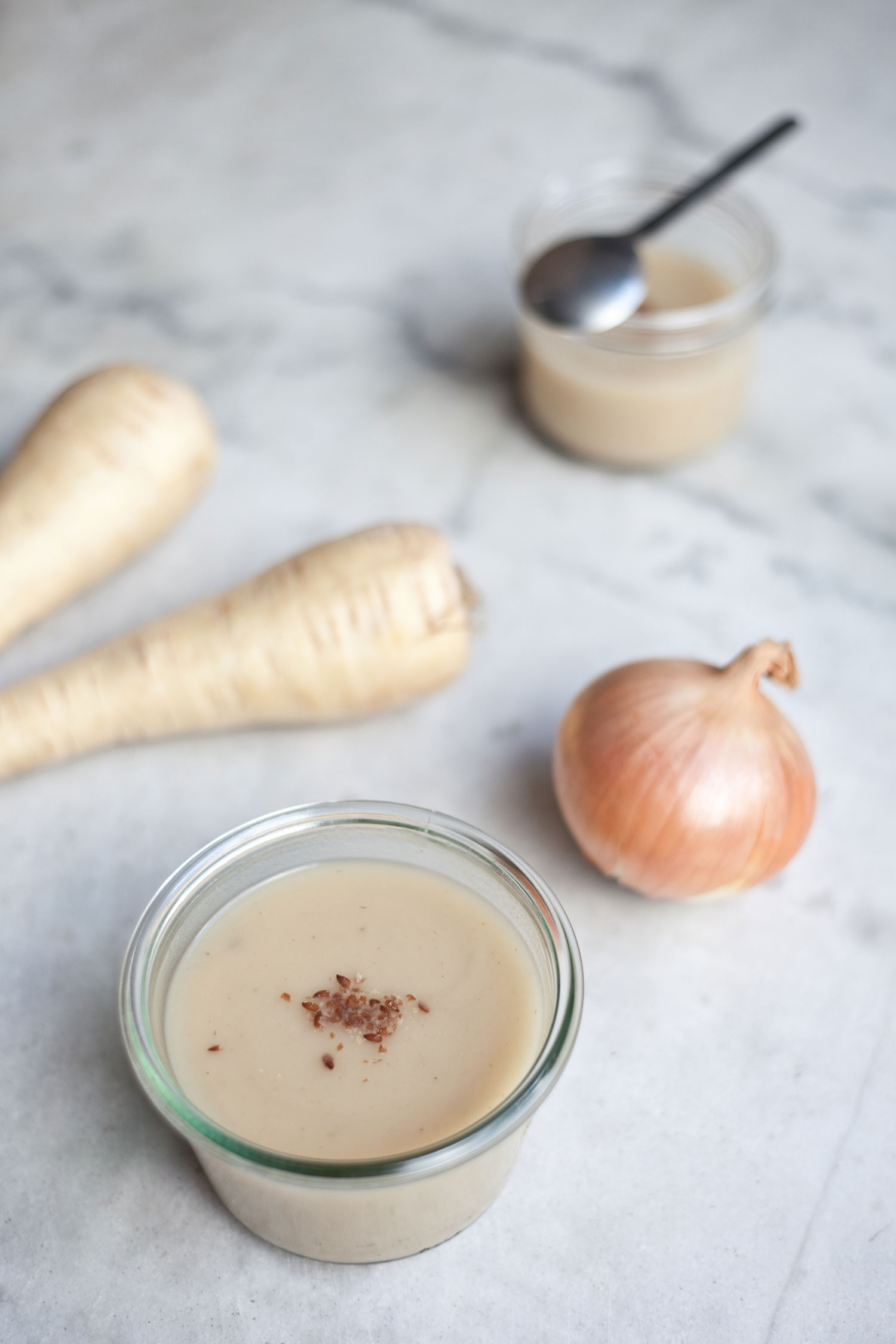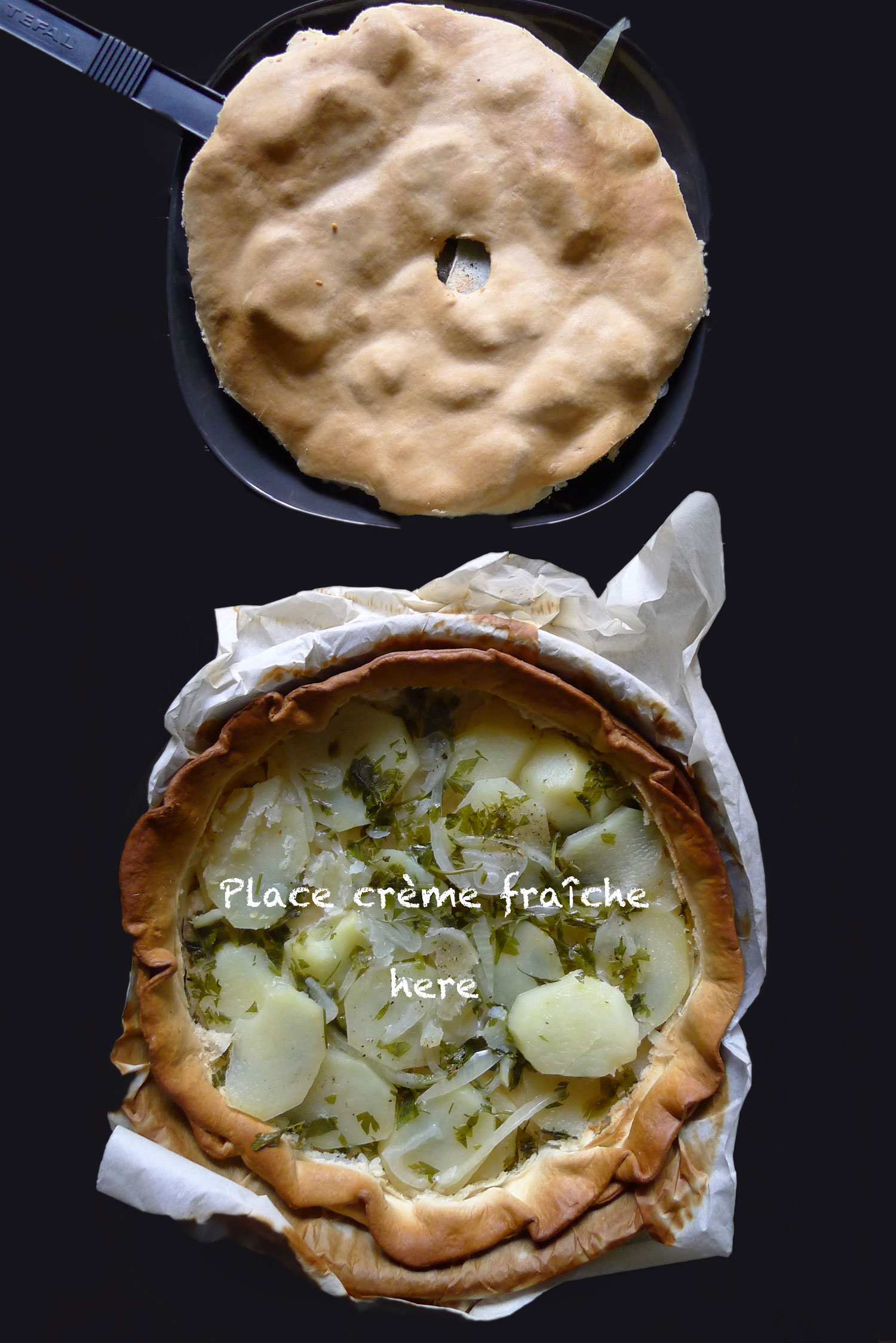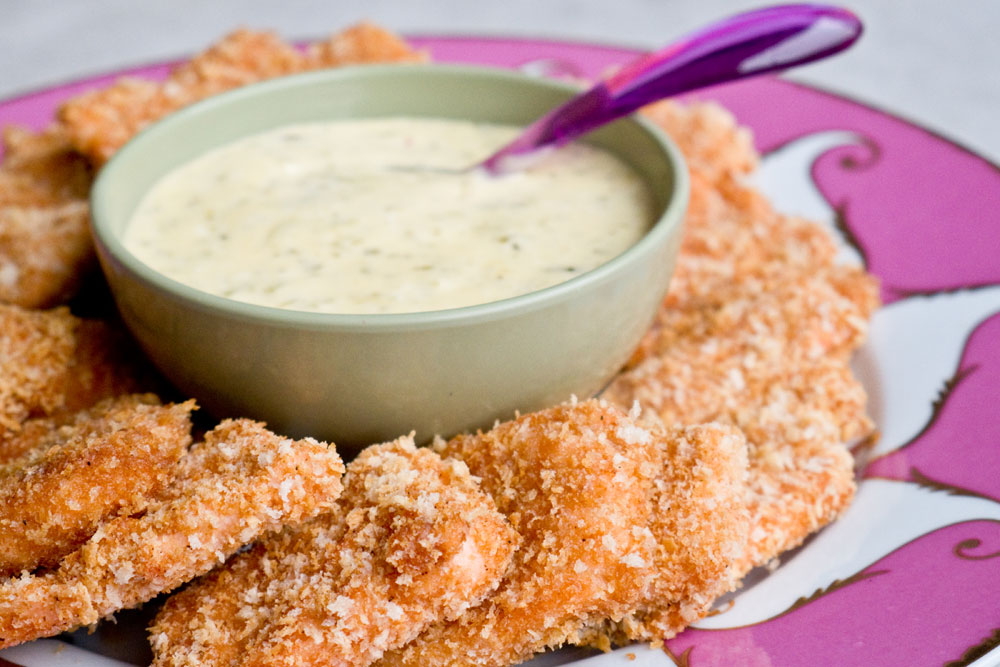Céleri Rave, Celery Root, Celeriac
There's a great quote by Diana Vreeland, something along the lines about "accentuating a model's flaws". There is superficial beauty but then there is all that other beauty: that one offbeat mole, a freckle-filled face, scars, and lines between your eyebrows, on top of your forehead, and around the eyes from lifetime narratives.
I guess that's what happened when I saw the celeriac—even its name sounds ill-favored (but not ill-flavored)—with all its warty exterior and bumpy bulges, it piqued my interest enough to wonder what was inside of it and what it tasted like.
The celeriac is a root vegetable and is commonly served in France as a céleri rémoulade— sounds fancy, n'est-ce pas? It's basically grated celery root mixed in with lemon juice to keep its color white, and mixed in with some mayonnaise. The taste of it brought back memories of the Waldorf salad that I actually ate at the Waldorf Astoria back in the day. Maybe the fancy name? More likely, the celery based taste. So I had to toss in the apple, the crab meat and the walnuts, making it a slight upgrade to the basic céleri rémoulade. If you like the Waldorf salad, you'll enjoy this one.
Céleri Rave Crab Salad
INGREDIENTS//Serves 4-6
• 500 grams of céleri rave, grated
• 1/2 lemon, juiced
• 2 carrots, grated
• 1 teaspoon paprika
• 1/2 teaspoon ginger, fresh and grated
• 2/3 cup homemade mayonnaise or store bought mayo
• 170 grams crab meat, shredded (6 ounce tin), or 1/2 cup
• 1 red apple or granny smith depending on your taste, grated
• 70 grams walnuts, crushed
• 1 bunch dill
• 1 scallion
INSTRUCTIONS
Peel and rinse your céleri rave.
Cut into large chunks and grate your céleri rave using the large hole side of a grater box.
In a mixing bowl with the céleri rave, add the lemon juice.
Grate your carrots with the large hole side of a grater box.
Combine with the celery root, and add paprika and fresh ginger.
Mix in the mayonnaise.
Grate your apple with the large hole of the grater box, and add it to the combined ingredients.
Chop up your scallions and dill, crush your walnuts, and add them to the salad. Stir in well and and then season with salt and pepper according to taste.
Homemade Mayo
INGREDIENTS//Yields 2/3 cup
• 1 egg, yellow
• 1 heaping teaspoon of Dijon mustard
• 1/2 cup of oil, neutral
• 2 tablespoons vinegar, apple cider or white wine vinegar
• Pinch of salt and pepper
INSTRUCTIONS
In a small mixing bowl, add your egg yellow and whisk.
Then whisk in the mustard.
When a creamy texture starts to form, gradually add in some oil (up to half) and continue to whisk at the same time. The mayo will start to thicken.
When half the oil is used, add in a tablespoon of the vinegar and continue to whisk together. The mayo will loosen up.
Then gradually add in the remaining oil, whisking, and finishing off the second tablespoon of vinegar, whisking it continuosly.
Add salt and pepper to taste.
NOTE
Since the homemade mayo is so easy to make, I haven't bothered trying the store bought mayo for this recipe.


























































